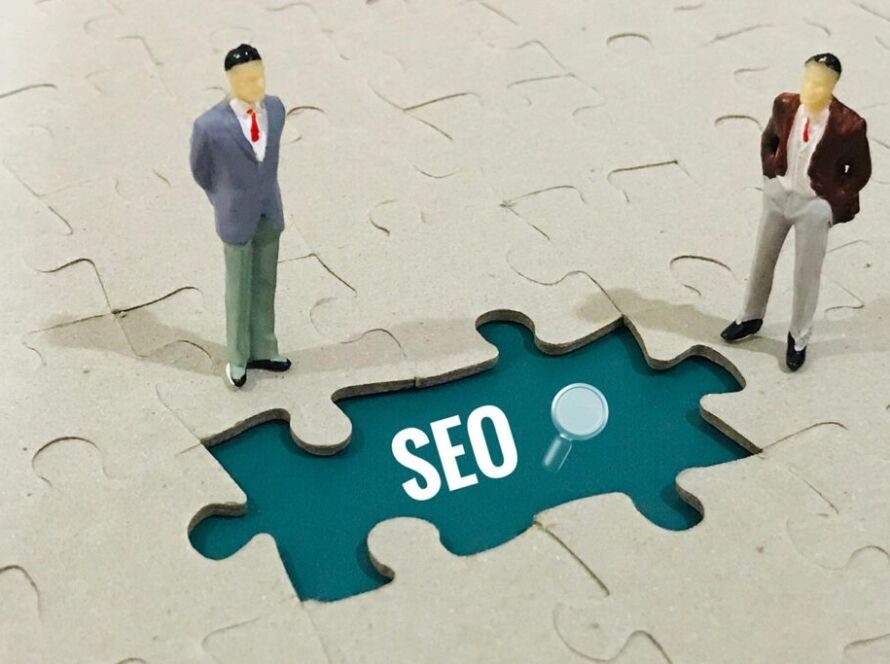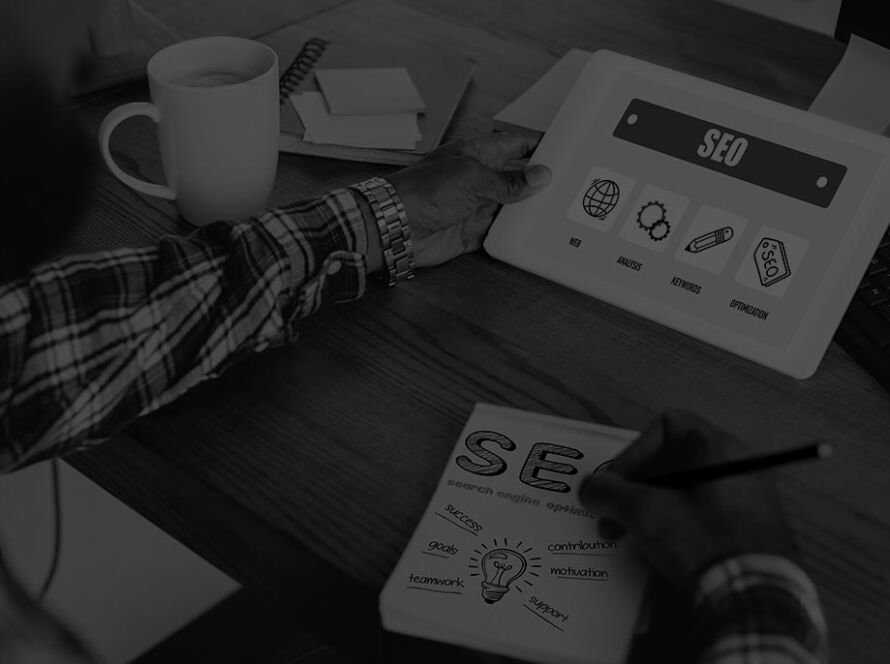On-page SEO has the potential to direct limitless visitors, and customers right to your website. In this blog, you’ll discover how On-page SEO can rank your website higher and bring in more visitors and conversions.
It’s up to you to establish the goal of each page on your website and decide on the focus keywords and phrases. If you’re uncertain how to get started with On-page SEO, we have built a checklist to help you get started.
First, We should understand what On-page SEO is?
On-page SEO, otherwise known as On-site SEO, is the process in which various front-end and back-end components of your website rank in search engines and bring in new traffic. The basic elements in an On-page SEO process are site architecture, content, and HTML.
Google’s algorithm normally ranks your website based on these three main factors
On-page SEO: the elements which allow a search engine to crawl and rank a page.
Off-page SEO: this refers to social platform sharing, external linking, and more.
Technical SEO: the SEO elements that are not included in the On-page and off-page SEO processes, like structured data, site speed, and mobile responsiveness, to name some.
Now, let’s look at why On-page SEO is important.
On-page SEO is an important factor that tells Google all about your website and how it is providing value to your visitors and customers. It also helps optimise your website for both human eyes and search engine bots.
Just creating and publishing a website won’t do any good for your business; you must optimise your website for all the search engines in order to rank higher and attract new traffic. The term On-page SEO is because the tweaks and changes made are on the website’s pages and can be seen by your website’s visitors, whereas others (off-page and technical SEO ) aren’t always visible to the visitors. Every part of the on-page SEO is entirely up to you, and that’s why it is essential that you execute it correctly.
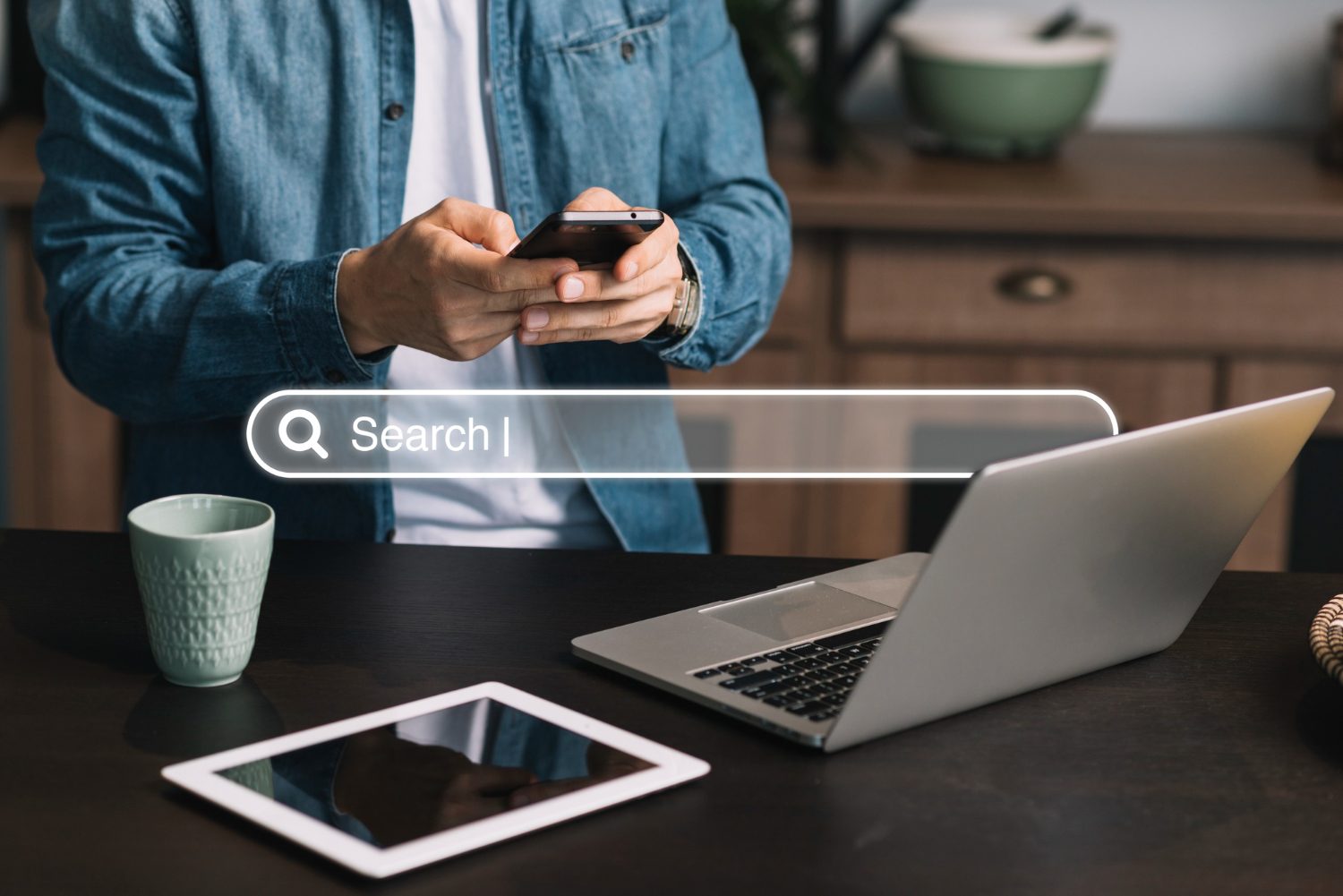
On-page SEO elements
Content Elements
Keyword Research: The first step in creating high-quality content is choosing relevant keywords and topics. You must conduct keyword research by searching Google for terms and reviewing what your competitors and other websites use. You can also use SEO tools like Ahrefs, Ubersuggest, and SE Ranking, etc.
When conducting keyword research, consider how your page content connects with the visitor’s search intent. This will impact how you use keywords and what type of content your website uses.
Visual Content
Images, graphics, and charts are important factors in On-page SEO for several reasons. Images can enhance the visual appeal and engagement of web pages. They help make content more crawlable and easier to read. Optimizing images with alt tags can help drive traffic from image search results.
HTML Elements
These are the elements from the source code. To access this code, you need to log in to your back end.
Page Titles: Website page titles are also known as title tags, the most essential SEO elements.
SEO page title tag: Titles tell visitors and search engines what they can find on the corresponding pages. In order to ensure your site pages rank for the proper intent, include the focus keyword for each page in the title. Incorporate your keyword as naturally as possible.
Headers: These are also known as body tags, refer to the HTML elements <h1>, <h2>, <h3>, and so on.
SEO header tag: These tags help organise the content for readers and help search engines distinguish what part of your content is most important and relevant, depending on search intent.
Meta Descriptions: Meta descriptions are the brief descriptions of the page that appear under the title in search results. Although they are not an official ranking factor for search engines, they can influence whether or not your page is clicked on, so they are just as important when doing on-page SEO.
Image Alt-text: Image alt-text is a critical SEO tool that informs search engines about your images. Google now offers nearly as many image-based results as text-based ones, which means consumers may discover the site through your images, but adding alt-text is necessary for this to happen.
Structured Markup: Structured data is the process of marking up website source code to make it easier for Google to find and understand different elements of your content. Structured markup is the key behind those featured snippets, knowledge panels, and other content features you see when you search for something on Google. It’s also how your specific page information shows up neatly when someone shares your content on social media. Structured data is also considered technical SEO, but I include it here because optimising it creates a better on-page experience for visitors.
Site Architecture Elements
Site architecture elements are crucial for ensuring that Google and other search engines can easily crawl your website and its pages.
Page URLs: Page URLs are easy to understand, and maintain consistency in your site hierarchy, as they are crucial in creating subpages, blog posts, and other internal pages.
Internal Linking: This is a crucial aspect of on-page SEO, as it involves linking to other helpful pages on your website. This helps keep readers engaged and informs Google of your site’s value and helpfulness. The longer visitors stay on your website, the more time Google has to crawl and index your pages, allowing Google to absorb more information about your site and potentially rank it higher on search engine results pages.
Mobile Responsiveness: Now, Google favours websites that are optimised for faster mobile speeds, even for desktop searches. Mobile responsiveness is critical, and choosing a suitable hosting service, site design, theme, and content layout is essential. To assess your website’s mobile readiness, use Google’s Mobile-Friendly Test tool.
Site Speed: Website speed is crucial for on-page SEO and user experience. Google prioritises user experience and considers website speed to impact conversions and ROI. To check your website’s speed, use Google’s PageSpeed Insights tool. If your site is slow, consider reducing its page loading speed. Mobile responsiveness and site speed are considered technical SEO, but optimising them creates a better on-page visitor experience. It is recommended that you check your website’s speed anytime.
Now, let’s dive into the On-page SEO checklist, which you can use when optimising individual pages on your websites.
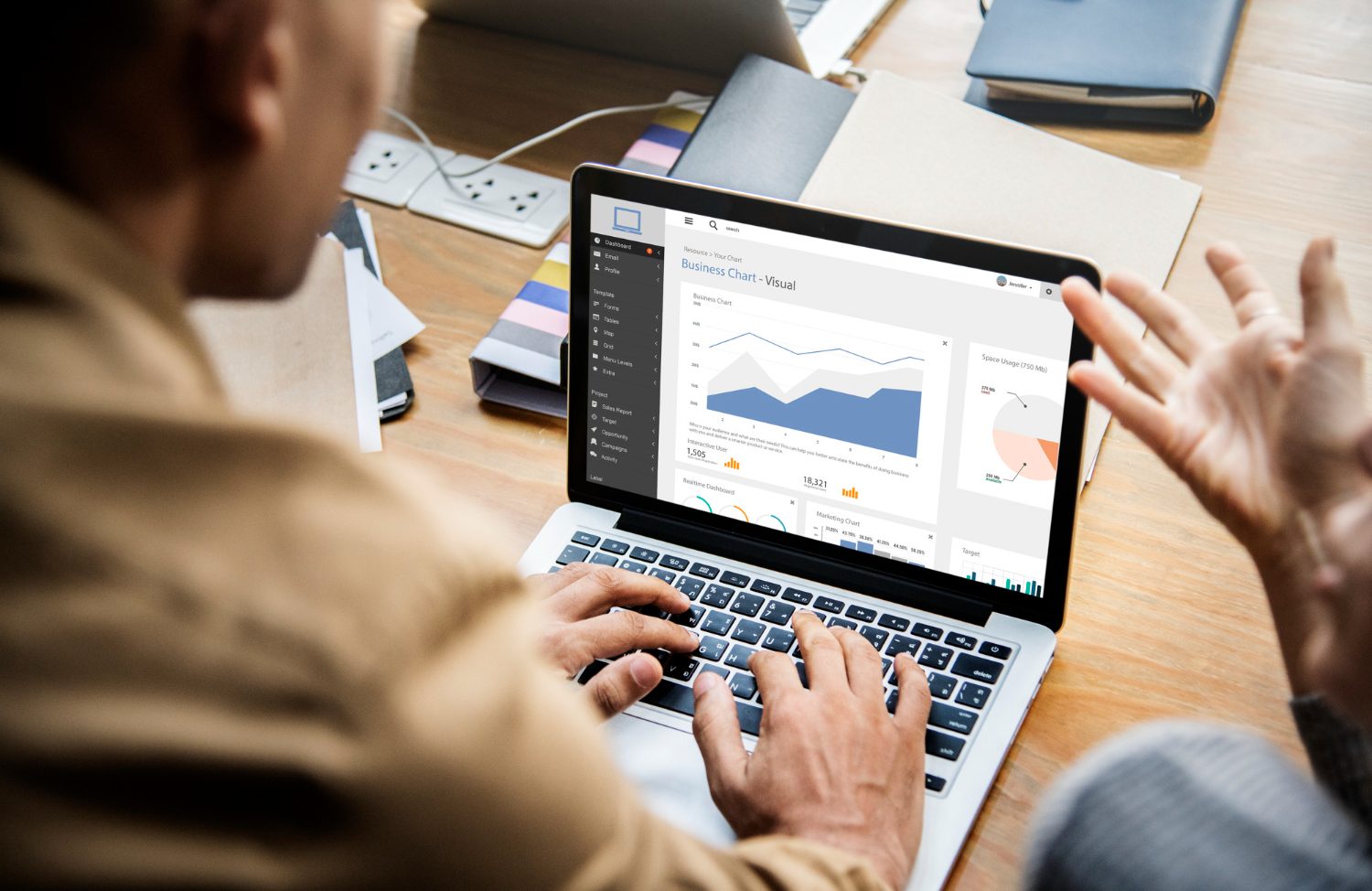
On-Page SEO Checklist
Make sure your keyword is in your URL
To create SEO-friendly URLs, include your target keyword in the URL to indicate the content you will provide to users and search engines. For instance, if you own a hot yoga studio, you should include “hot yoga online classes” in your URL. To write SEO-friendly URLs, remove unnecessary words, use only one or two keywords, and use HTTPS if possible, as Google now considers HTTPS a positive ranking factor.
Optimize your page title
To optimise the page title on your website, create a descriptive title that includes your target keyword and accurately describes the content. Keep it under 60 characters per Google update to avoid being cut off in search results. Avoid stuffing the title with keywords and using all caps. Include your brand in the title.
Use headers
To ensure content’s scanability and search-engine friendliness, use header tags to organise content naturally with important keywords, choosing them differently from the page title and placing them in both headers.
Include keywords in your body copy
In optimising your website’s SEO, include your keywords in your content, along with your URL, title, and headers. Avoid keyword stuffing, which involves excessively repeating keywords or key phrases to manipulate search engine rankings. This can lead to a spammy reading experience and penalise content that is unnaturally filled with keywords, so it’s crucial to avoid keyword stuffing and ensure that your content is naturally engaging.
Incorporate images, graphics, and other visuals
In order to enhance user experiences and website page visibility, incorporate engaging visuals into your content to break up large chucks of text and drive potential image search traffic. Optimising images for on-page SEO by compressing them for faster loading times, using descriptive file names, and providing informative alt tags.
Add a meta description
A good meta description should be concise, under 160 characters, and include the entire keyword or phrase. It should have a complete. Compelling sentences and avoiding alphanumeric characters like -,&, or +. Google may allow longer descriptions, but it’s essential to include your entire keyword or phrase.
Optimize visuals with alt-text
Alt text for images is crucial for optimising visual content and boosting page SEO. It should be descriptive, specific, contextually relevant, and shorter than 125 characters. Using keywords sparingly and avoiding keyword stuffing will help the page rank in image searches, such as on search engine results pages or image carousels. Remember to keep it short and specific.
Add internal links
Always try to add internal links to your website’s content, identifying relevant anchor texts that are descriptive and related to the content of the pages you are linking to. Always choose a contextually relevant page that provides additional value or information related to the current content. Place links strategically throughout the page, aiming for a reasonable number of links per page, ensuring they are contextually relevant and add value to the user experience. Avoid excessive linking, as it may be seen as spammy. This helps search engines discover and understand the relationships between different website pages.
Add external links
External links are crucial for on-page SEO. They help Google recognise your page’s credibility and trustworthiness and help website visitors find your content more easily. Therefore, including external links throughout your page is essential.
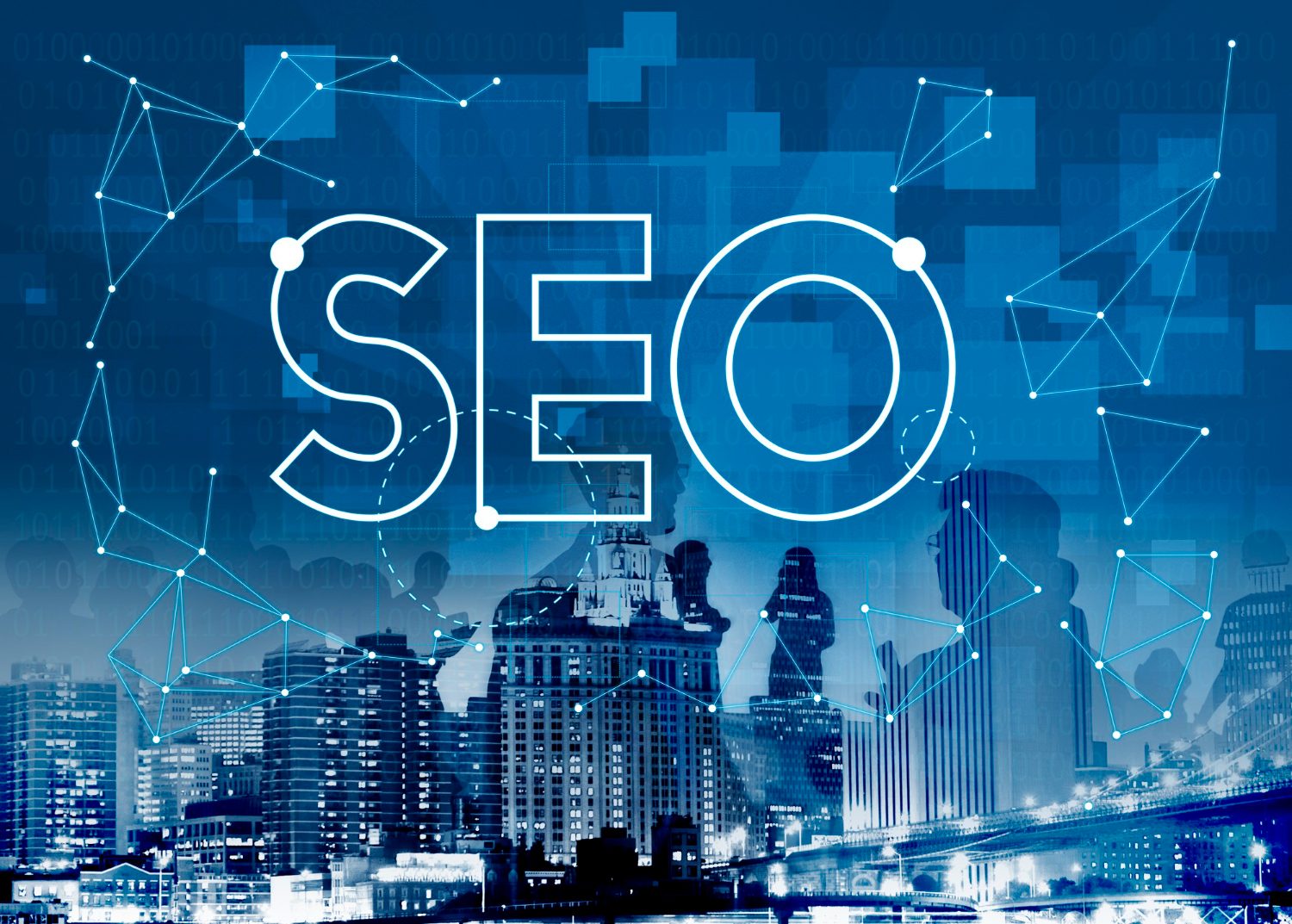
Conclusion
Finally, after planning your SEO strategies, implement them on your website or have someone handle them for you. Work on 5-10 pages per week, as SEO is a continuous process. Contact us for your SEO strategies.


